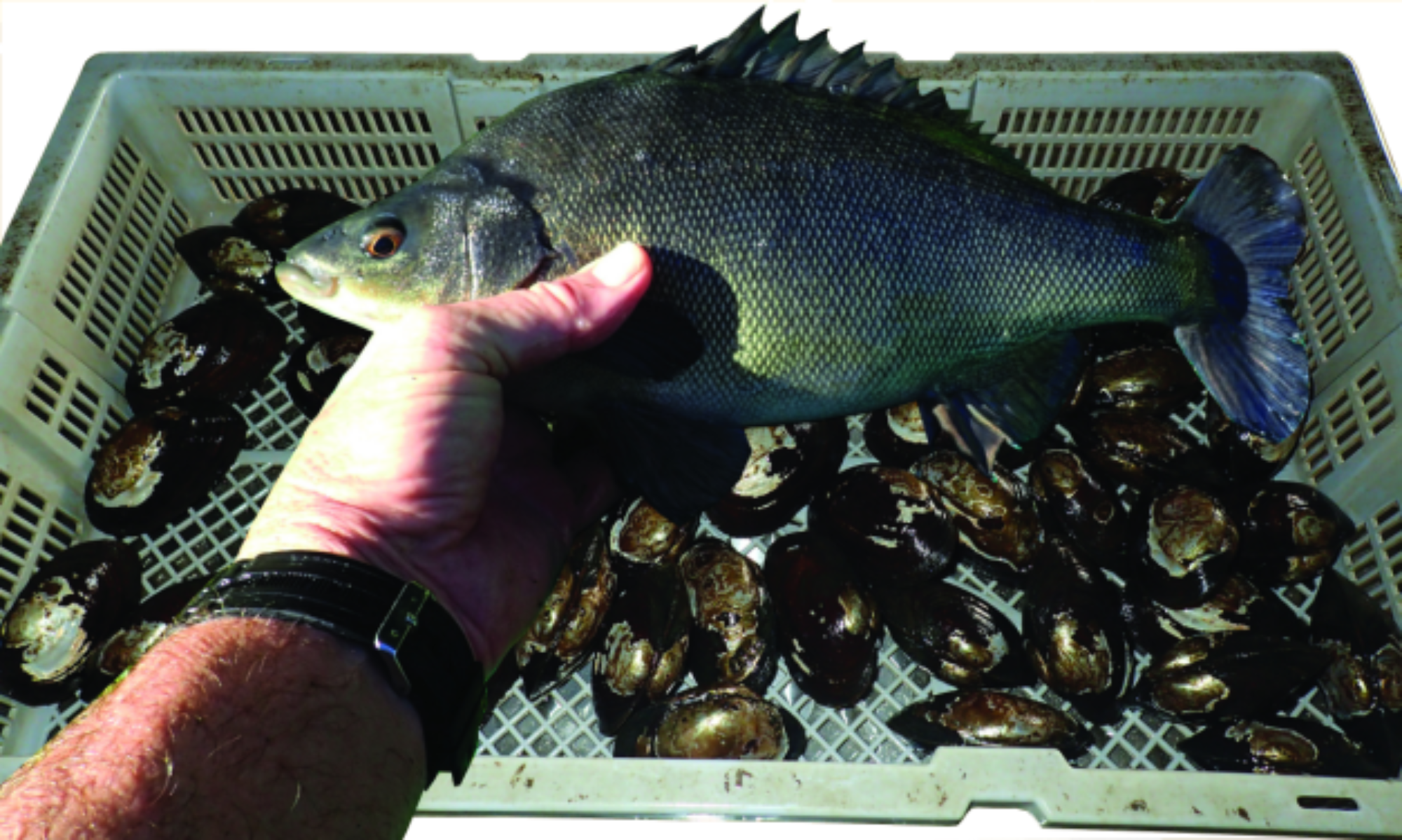The blue claw yabby Cherax destructor is a robust, highly fecund species, with fast reproductive cycles, very early maturity and multiple breeding per year. Cherax destructor is a commercially aquacultured species, plus an invasive species outside its natural range. A highly prolific species is advantageous for commercial aquaculture but alarming as an invasive species. The major Yabby farmers don’t need a hatchery to produce their offspring, for most farms the abundance of offspring is the problem as all the juveniles consume resources need to grow large yabbies.

Across Australia the breeding season for yabbies (Cherax destructor) has begun. Here at AustSilvers, our Port Stephens yabby farm we started seeing the first berried females in mid August. Just the odd one but a good indication that the season will be early and strong. At our Dubbo farm yabbies started berrying up in early September even with the low water levels. Now in late September both here and across the whole of Australia yabbies are starting to breed.
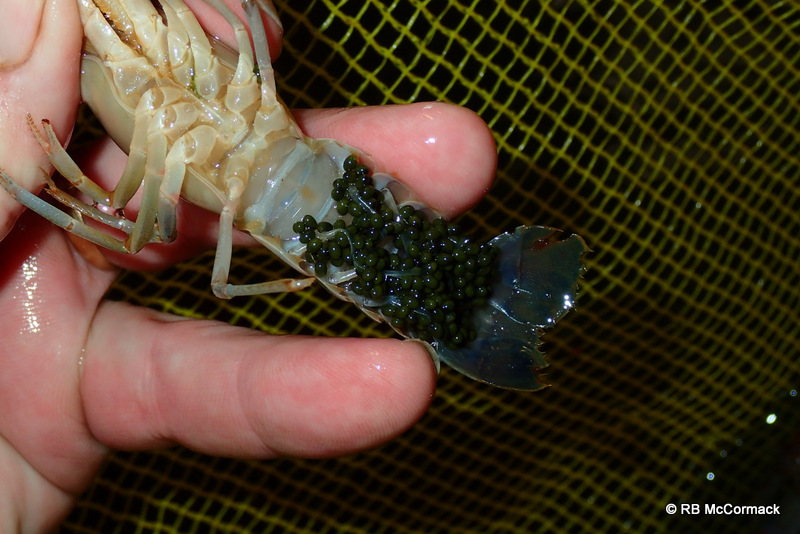
In all western drainages of NSW the common yabby Cherax destructor, occurs. Generally considered a lowland species this is not the case. It occurs from 12 m to 1240 m a.s.l. (AABio data base) and is found in all western drainage streams of NSW. Even in the streams above 1000m water temperatures in late September rise over 10 degrees C and yabbies will be active and start breeding.
Breeding is triggered by two factors, rising water temperatures and increasing daylight lengths.
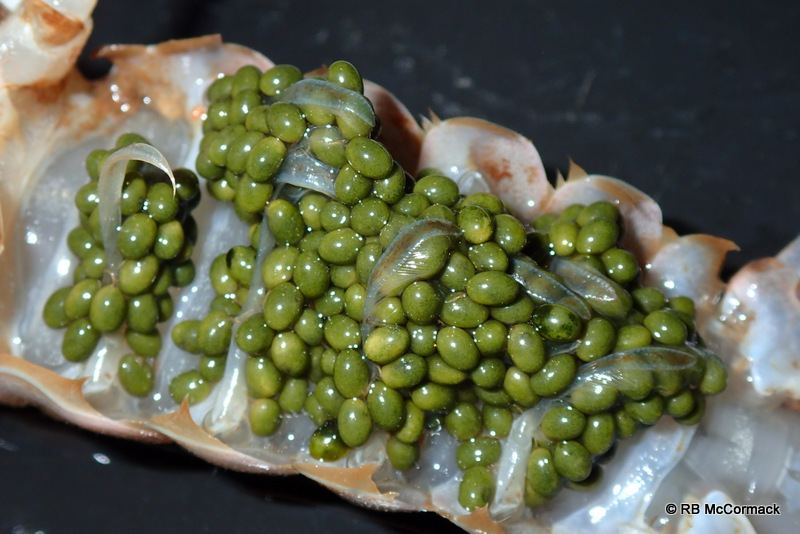
We call females with eggs “Berried Females”. This refers to the eggs which look like berries. The eggs are not only shaped like a berry they are also coloured like a berry. When first laid they are green/olive in colour, but as they mature they darken to a blackberry colour.
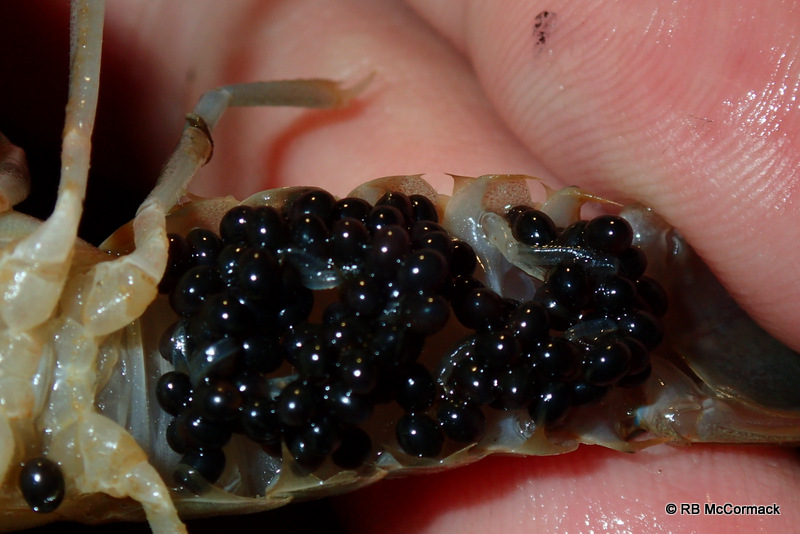
Eggs are soft and watery when first laid under the tail. If you force open a tightly curled tail the eggs may just run out. The female cements the eggs to the pleopods or swimmerets under the tail. There are eight pleopods under the tail, all will have eggs attached if all is right with the world.
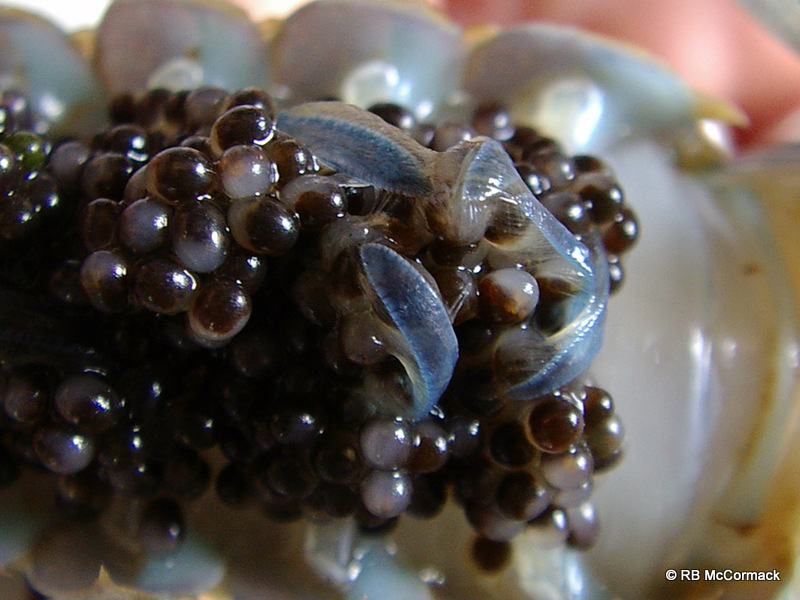
Yabbies breed based on age or maturity not size. Usually they need to be at least 6 months old to breed. Very old yabbies can be small or very young yabbies can be very large, it all depends on habitat conditions and to genetics of the individual. Eggs are oval in shape typically 2-2.5m long by 1.5-1.7m wide. The larger the yabby the more eggs it can physically fit under the tail. Clutches vary from 80 eggs for a small yabby, to over 1000 for a larger animal. Typically they can breed twice or more times per year.
7 gram yabby = 74 eggs
10 gram yabby = 80 – 130 eggs
20 gram yabby = 70 – 154 eggs
30 gram yabby = 170 – 250 eggs
40 gram yabby = 350-450 eggs
50 gram yabby = 710-1000 eggs
Berried female Cherax destructor are very aggressive, they are excellent mothers and will fight viciously to protect themselves and their valuable cargo of eggs. Be very cautious if handling berried females.
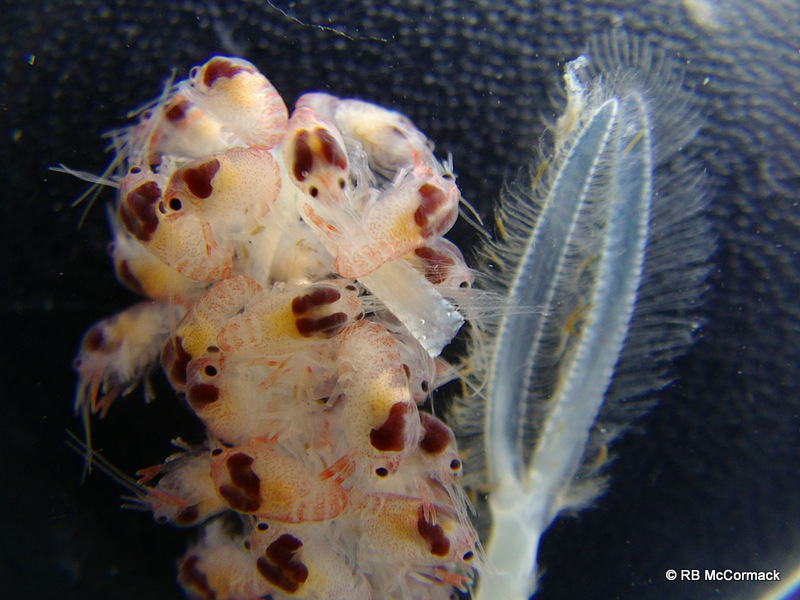
Commercial yabby farms in NSW are fenced to ensure their yabbies don’t escape into the wild, but average people with farm dams don’t fence them so yabbies can breed in the dams till they overpopulate them. When this occurs the yabbies start cannibalizing each other. The whole dam population goes into war mode with every yabby fighting for survival against its cohorts. When rain occurs the yabbies will wander from the dam looking for safer living conditions. Tens of thousands my wander, most will not find safe refuge but some will and they will breed up and a year or so later next rain event off they go again. Yabbies are one of the few species other than man that is increasing its area of domination across the planets surface.
The negative impacts from translocated populations of Cherax destructor in other parts of Australia have been discussed by various authors. One of the best ways for those with yabbies in their dams is to not allow them to overpopulate. Regular harvest and consumption of your yabbies helps to keep them in check.
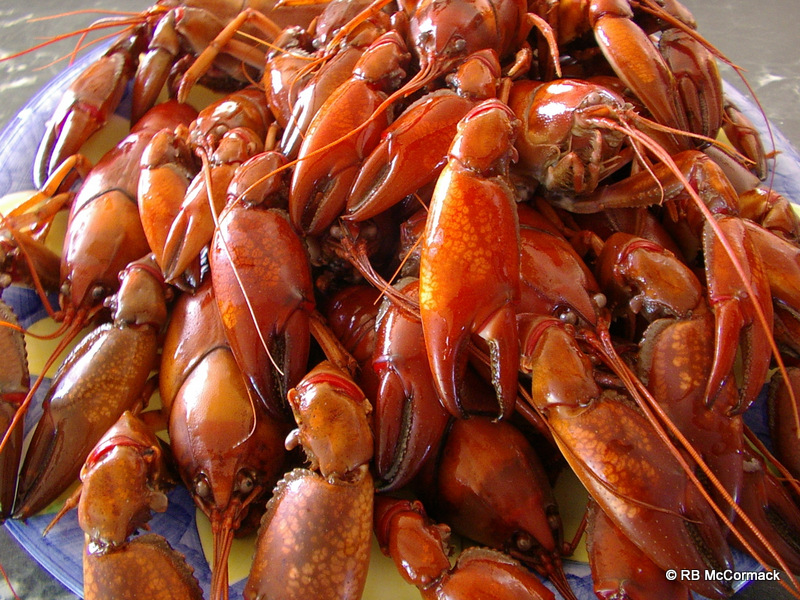
We catch our yabbies by either opera house traps or super yabby nets. The opera house traps are not the normal ones available with a ring. These are special commercial traps without a ring and only for use on private or commercial properties. Commercial farms use this type trap because they catch everything and once caught it’s hard for the animals to find their way out. These commercial traps are available from RBM Aquaculture but they are not for use in public waters. Opera house traps are used to catch small quantities, 10-20 kgs etc.
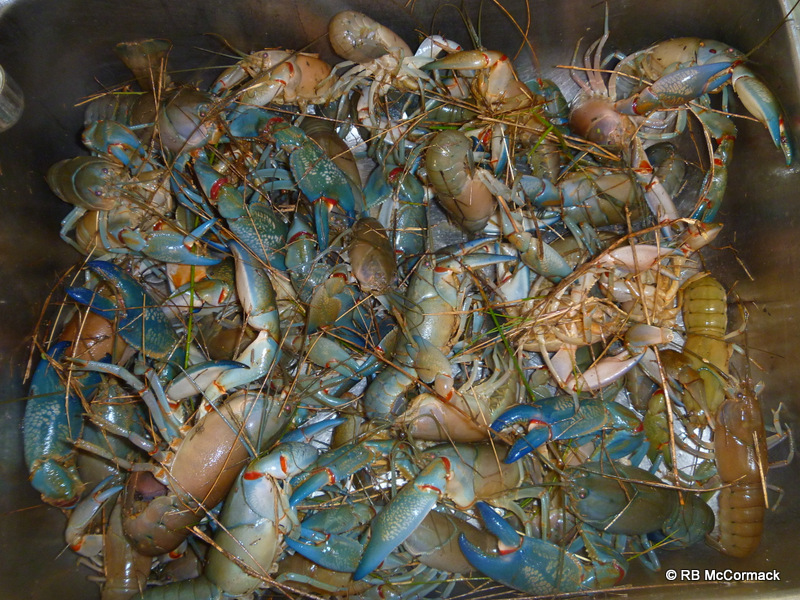
If you want to catch big loads 20-100kgs then we use the super yabby trap. Again a commercial trap for commercial harvests. Used by yabby, marron and redclaw farmers these are the quickest easiest way to harvest large volumes of crayfish. Available from RBM Aqua but again not for use in public waters.
Check your states regulations re the traps you can use.
If you want to buy yabbies. Yabby Dam Stock are available year round from AustSilvers. We despatch by Star Track Express. A box can fit 200 dam stock yabbies, they are big enough to look after themselves, old enough to start breeding and small enough they don’t wander from the dam. Dam stock yabbies are $88/100 and delivery is $66 to your door, eastern States only. Add an additional $10 for SA. Just send an email to enquire: EMAIL
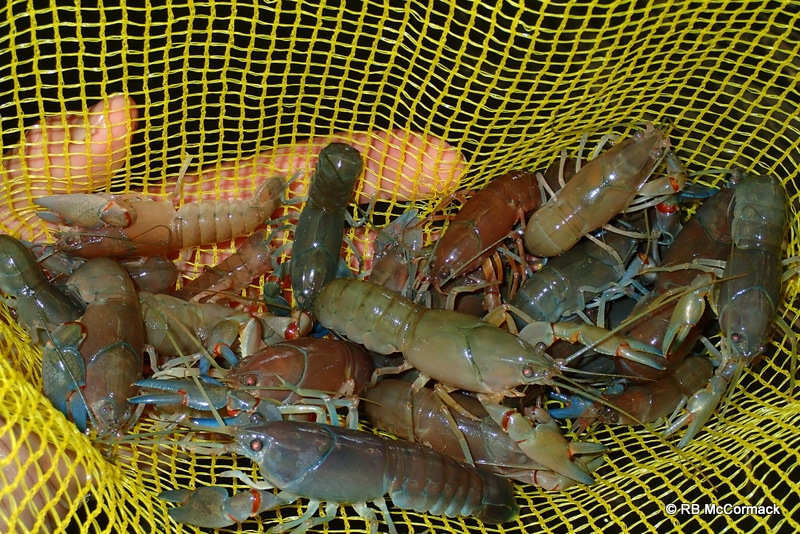
Cheers, Rob
